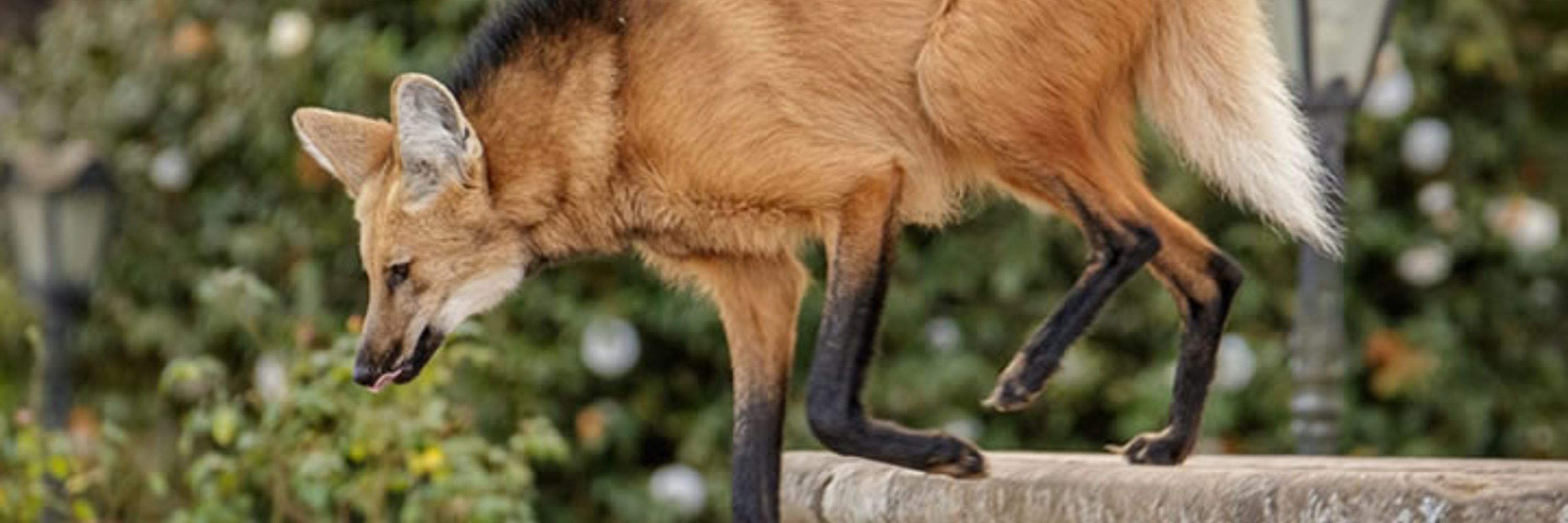



Genomics from a 100,000-year-old polar bear reveals ancient gene flow with brown bears during climate upheaval. Maybe mixing helped them survive.
#2025MMM #RIP www.nature.com/articles/s41...

Genomics from a 100,000-year-old polar bear reveals ancient gene flow with brown bears during climate upheaval. Maybe mixing helped them survive.
#2025MMM #RIP www.nature.com/articles/s41...

![Part of Figure 1 from Baniel et al. (2022). Gut microbiome taxonomic assembly in the first 3 years of life in immature geladas (A) Relative abundance of the 15 and 19 most abundant phyla and families per age category. (B) Age-associated pattern of alpha diversity (Shannon index of ASVs) within samples. The dotted vertical line represents the critical point of inflexion (7.3 months, 95% CI = [6.4–8.2] in shaded gray, nonlinear quadratic plateau model [QPM]: R2 = 0.62) representing the age at which alpha diversity converges to adult-like patterns. Immatures are considered ‘‘weaned’’ when their mother has resumed reproductive cycles. The dataset was rarefied at 20,000 reads for the figure. (C) Age-associated pattern of beta diversity. A principal component analysis (PCA) was used to ordinate samples based on the Aitchison dissimilarity index. (C) represents the projection of the first principal component (PC1) that is best explained by the age of immatures. The dotted vertical line represents the critical point of inflexion (17.2 months, 95% CI = [15.5–19.4] in shaded gray, nonlinear QPM between PC1 and age: R2 = 0.55) representing the age at which immatures beta diversity (i.e., overall composition) converges to adult-like patterns.](https://cdn.bsky.app/img/feed_thumbnail/plain/did:plc:s7nzp5zkte4l5vmkq6jjyobv/bafkreihchhyqpgxzgqjrynjho3po6qilqsihusho4lpcqlxkk35inj6xtq@jpeg)
That’s called genetic rescue!
Simulations by @ckyriazis.bsky.social show that choosing individuals from smaller source populations may reduce extinction risk more effectively.
#2025MMM #RIP doi.org/10.1002/evl3...

That’s called genetic rescue!
Simulations by @ckyriazis.bsky.social show that choosing individuals from smaller source populations may reduce extinction risk more effectively.
#2025MMM #RIP doi.org/10.1002/evl3...



Fossil and genetic data show ganoine in gars is enamel-like, with shared genes. Ancient fishes like Psarolepis had enamel on scales but dentine-only teeth. Enamel later spread to teeth via patterning shifts. #2025MMM
doi.org/10.1038/natu...

Fossil and genetic data show ganoine in gars is enamel-like, with shared genes. Ancient fishes like Psarolepis had enamel on scales but dentine-only teeth. Enamel later spread to teeth via patterning shifts. #2025MMM
doi.org/10.1038/natu...



#2025MMM www.cell.com/current-biol...

#2025MMM www.cell.com/current-biol...





![Population structure in Maned Wolves based on mitochondrial DNA (mtDNA) sequences. The figure has three panels. [top-left] Minimum-spanning network of mtDNA genes. Circles represent the different haplotypes and circle sizes are proportional to the haplotype’s frequency in the population. [right-hand side] Map of South America highlighting the sampling localities. Argentina (Blue), Bolivia (Red), Brazil (Yellow), and Uruguay (Purple). [bottom-left] Table showing numbers and distribution of mtDNA haplotypes within each of the four geographic groups/countries.](https://cdn.bsky.app/img/feed_thumbnail/plain/did:plc:s7nzp5zkte4l5vmkq6jjyobv/bafkreiabqlp5sbpa247uldvtu5usxyyyb3fk4rzkqxk4yqlkgqkfqdrsi4@jpeg)





